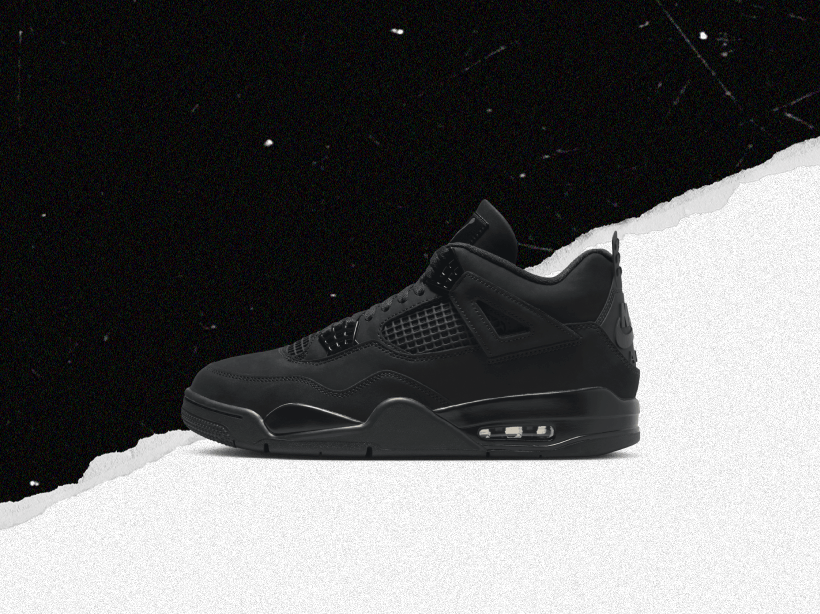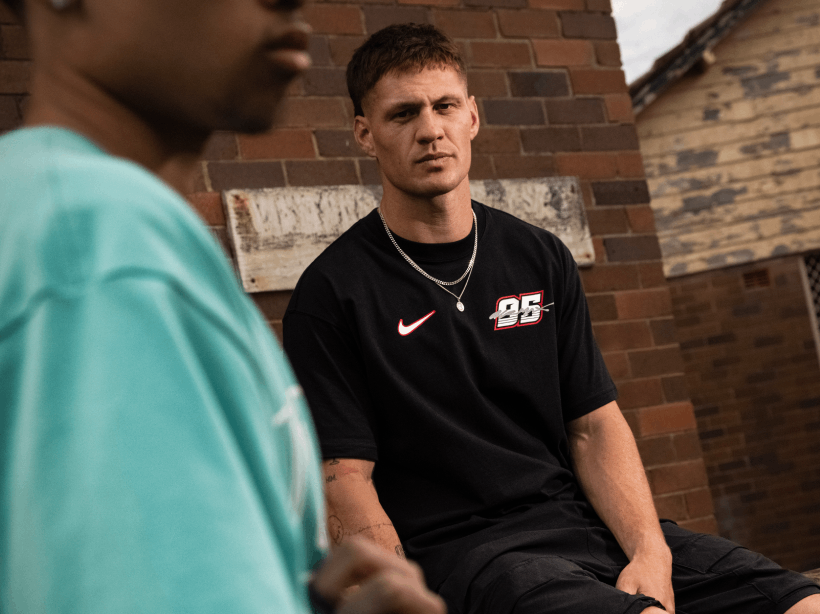The PUMA Cell is the uniform of the abstract–not simply because of it’s bold design–but due to the very nature of the type of individual who wears it. And while they walk their own path, their crew rides together. It’s through this collaboration that they ultimately to push creativity forward.

Shelley and Sasha wear Puma Cell Endura
The Australian music industry is evolving, and thankfully the players to watch are no longer Ivory tower suits, they’re relatable people; just like you. The process of releasing music has become far more open-source, with streaming platforms shifting the power-structure between the executive, the artist, and the audience. And while the wild-west of DIY culture is a fun time, every marketplace needs business minds in place to keep things regulated and afloat. Sasha Chifura and Shelley Liu approach business with artists top of mind. Between them, they contribute to the music industry by managing and booking artists, and running gigs and events. The birth of their record label Valve Sounds was essential, as they needed a platform for their artists to release their music without having to compromise their creative vision. While their roster has previously skewed towards Hip Hop, Soul, RnB & Electronic genres, they are open to working with any artist who they feel a connection with. It’s this emotive instinct that defines the Valve Sounds way: open to progression, and always willing to take risks.
What is the Valve Sounds purpose?
Shelley: To develop, nurture, and pioneer music from artists who not only sound unique, but have the ability to sustain longevity worldwide. We tend to look at what we can do beyond the music too, and focus lot of attention on developing artists as individual, multi-faceted figures and personalities to pair with their music. We want to be more than just a business transaction between two parties. We work much more holistically in helping achieve an artist’s overall vision together, rather than just short-term grabs.
How has Valve evolved since the beginning? From the type of artists you sign, to the parties you put on, to the services you provide – how have things changed?
Sasha: Our added value to all aspects of what we provide. We now have more access to information and tools to better influence our decisions, which have enabled us to efficiently interchange between roles that we can do ourselves such as jumping between PR, bookings, label, managers, events. This has also shifted our focus from not only signing great musicians, but as Shelley said, looking to find and foster a roster of multi-hyphenates. There are fewer restrictions for us to expand and grow in multiple ways–especially outside music–and we are less reliant on segmenting responsibilities to outside sources like we used to. It’s an exciting time, and we are fortunate to now be in a position where the vision extends as far as our ambition.
Shelley: We’ve definitely learnt a lot over the last several years. We have both worked in different types of roles and jobs, which has given us a better, and more comprehensive view, and knowledge of things. We are also about to announce a new partnership very soon that we’ve been working on for the past few months.
What does Valve bring to the table for new artists? What can you help them do that they can’t do themselves?
Shelley: A lot of the time we’ll begin working with artists in their very early stages, when they’re still finding their feet. They might only have 10 followers on Soundcloud, with songs uploaded that they recorded on their laptops. These artists tend to be a lot more exciting to us as we’ve been able to see their raw talent, and envisage their full long-term potential. As mentioned, we like to take the time to properly develop artists, and help them to feel comfortable in finding their sound, as well as finding themselves as a person, which for most artists these two things are interconnected.
What do you look for in an artist? Do you skew more towards songs or personality?
Shelley: Definitely a mix of things: music, aesthetic, uniqueness, drive, appeal for international audiences, ability to sustain longevity. It’s not enough nowadays to just have good music – you really need this paired with a unique aesthetic and brand in order to stand out. Ability to appeal internationally and sustain longevity is two factors, which need to be kept in mind from a business perspective. No doubt both are difficult to achieve, but they are both important in maintaining a sustainable business and artist to ensure they are continually expanding and growing. Another thing that is a deal breaker for us in signing an artist is that we actually need to like them as people too.
Sasha: Shelley essentially covered most of it, it’s a balance of several factors. We don’t really look to manufacture, rather, we create an environment and opportunities for them to realise their own potential. So for a new artist, we believe that having a realised vision, and being different in a relevant way, is necessary to achieving exponential growth. Since most artists won’t consciously work towards a differentiated direction, and in some cases even if they did it wouldn’t feel truly authentic, then they will fail to realise their true potential. Ideally, we want to work with someone who can answer how their vision both sonically and aesthetically is globally unique. And if not, then someone who is willing to put in a lot of time–sometimes years– to work towards that.
So having said all of this, how does the internal Valve Sounds team size up to your values?
Sasha: This is a recent development, and one of the reasons why we have been inactive over the past few months. We are working towards cultivating an environment and culture where every single one of our artists will be conveying vibrant stories that are both unique, and memorable. This process is a lot easier said than done, but we strongly believe it is the key to a long and successful career. It’s become the foundation behind every decision we make.
Join the Cell crew. Get yours here.


Photography by @poloshelly


















